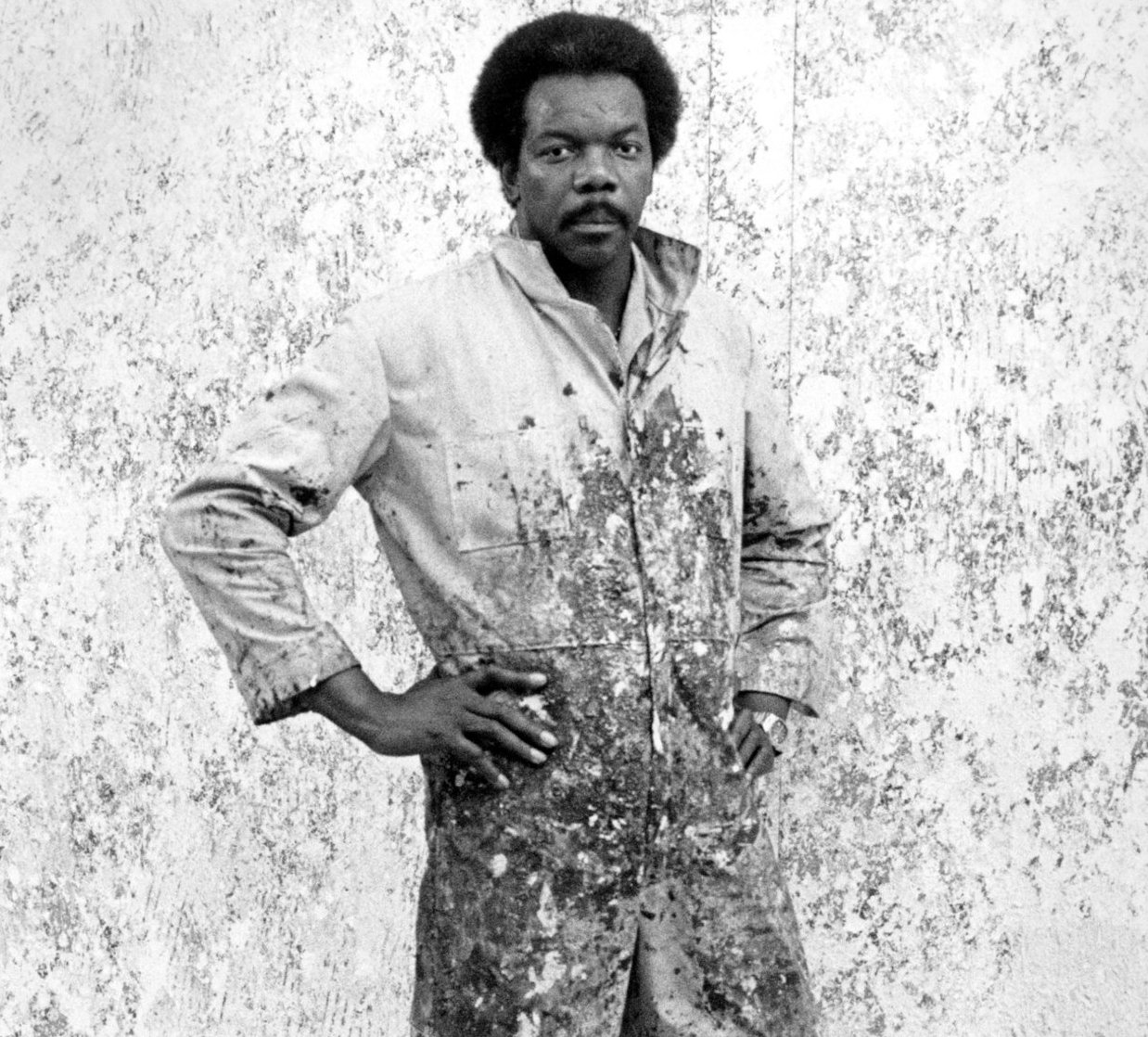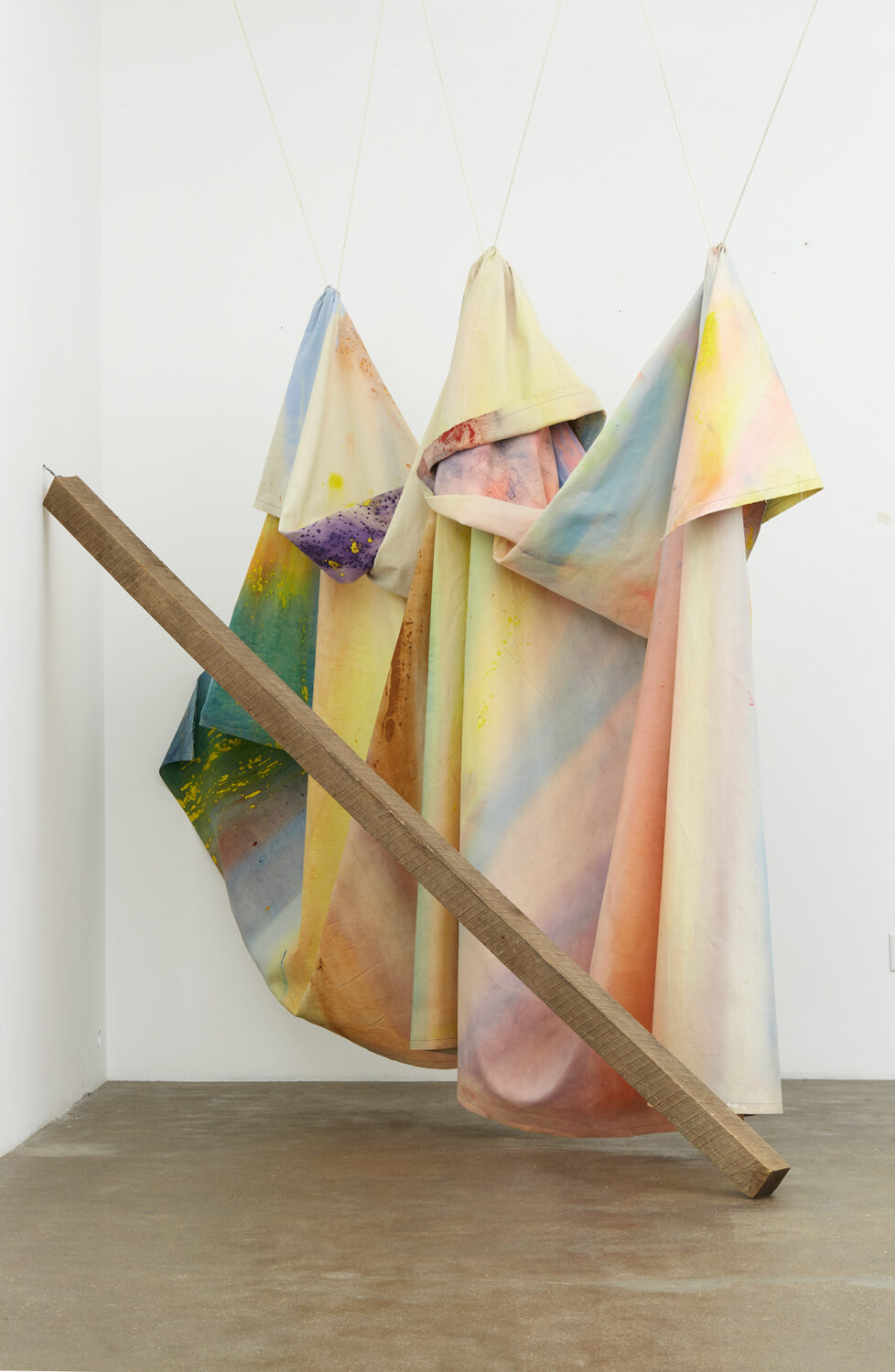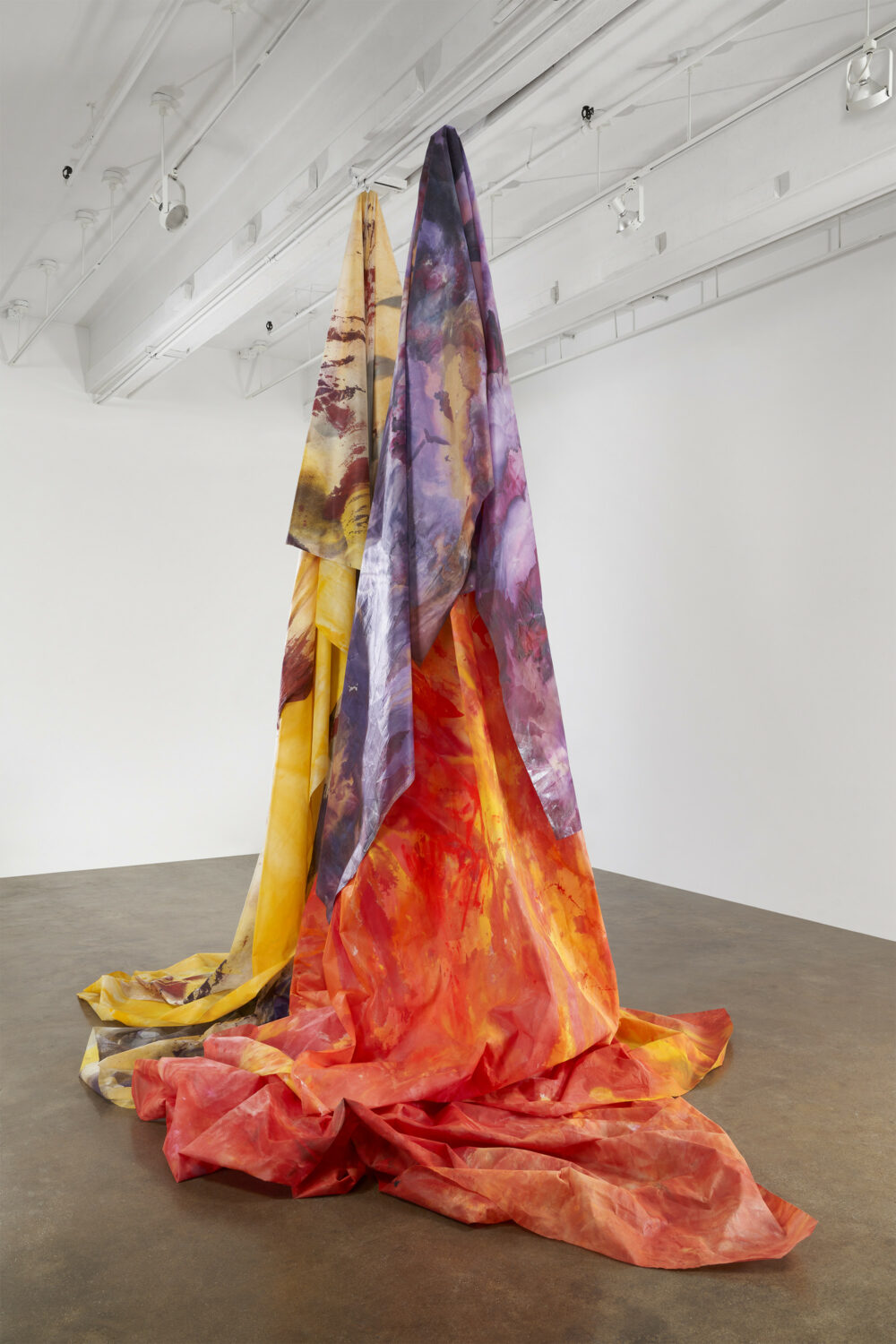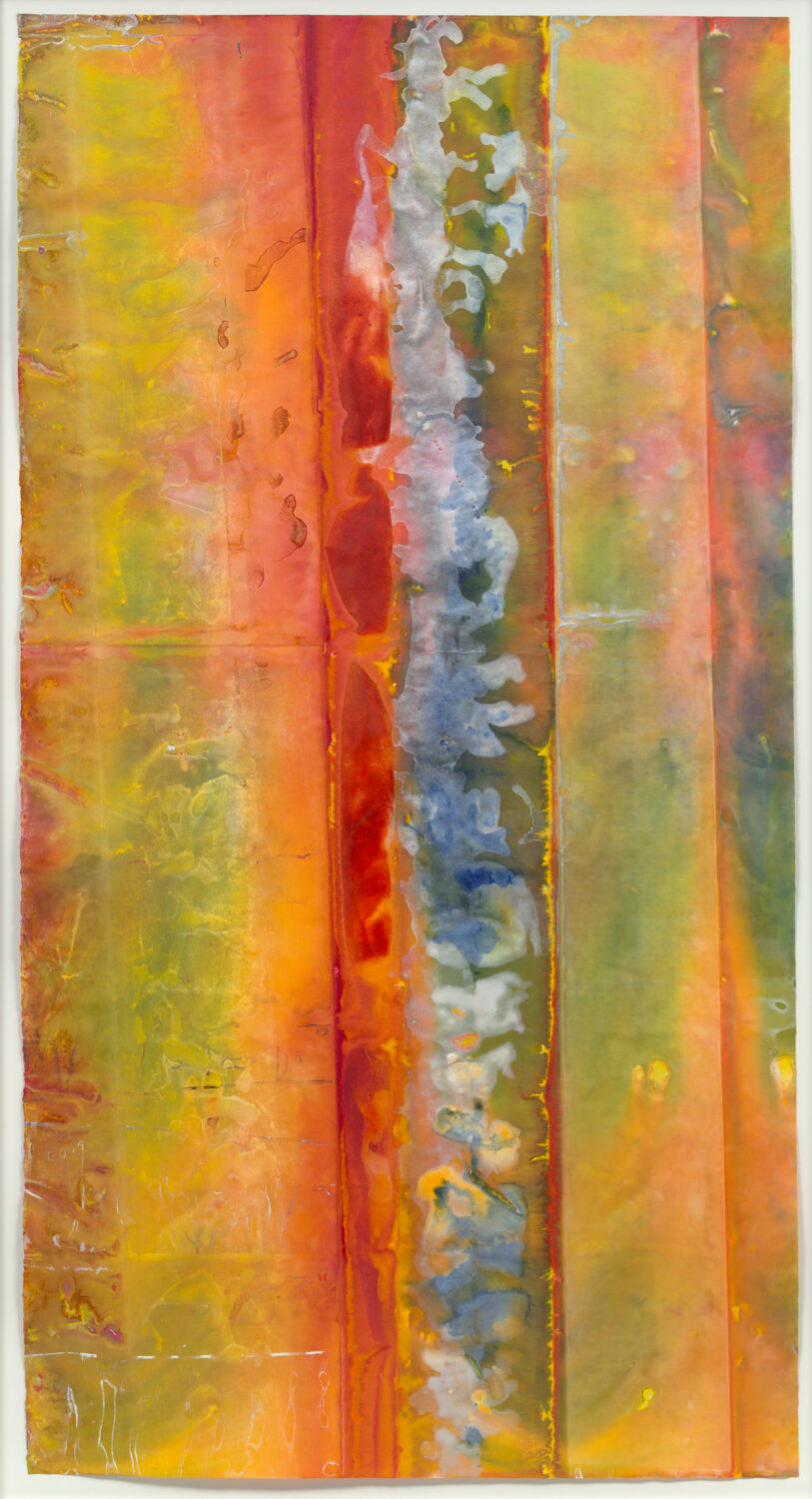Remembering Sam Gilliam (1933-2022): How The Pioneering Abstractionist Changed Art History
By Something CuratedAn instrumental figure of postwar American painting, throughout his illustrious seven-decade career, Sam Gilliam, who passed away aged 88 earlier this week, reinvented and consistently reimagined abstract painting and sculpture. Thoughtfully combining rich amalgamations of form, texture, and material to forge his inventive compositions, his work has had a powerful influence on generations of contemporary artists. Born in Tupelo, Mississippi in 1933, the artist was one of the leading figures associated with the Washington Color School, a movement initiated in Washington, D.C. in the 1950s that emphasised large fields of colour as a response to the Abstract Expressionist works that emerged from the New York School. Gilliam swiftly distinguished himself from his peers with the creation of his signature Bevelled-edge and Drape paintings in the mid to late 1960s.

During these seminal years, Gilliam produced the Bevelled-edge paintings by folding unstretched canvas before staining it with acrylic paint to create dimensional, lyrical abstractions, which were then stretched across bevelled frames. His most drastic move came next when he liberated the canvas from the stretcher and brought his painterly compositions out into space, using unstretched canvas to create his celebrated Drapes. These radical works changed the history of art. By suspending his stained canvases from ceilings and walls, Gilliam transformed the medium of painting and its relationship to the spatial and architectural context in which it is viewed. Moving beyond an aesthetic proposition, Gilliam’s work also forged new possibilities for defining art’s role in a society undergoing dramatic social change.

As an African-American artist in the nation’s capital at the height of the Civil Rights Movement, this was not simply an aesthetic proposition; it was a way of defining art’s role in a society undergoing intense change. After earning international recognition for these innovations, Gilliam represented the United States at the Venice Biennale in 1972 as part of a presentation organised by Walter Hopps. Notably, Gilliam was the first Black artist to represent the U.S. at the Venice Biennial, making history. Building upon his work of the 1960s, Gilliam continued to push the boundaries of his practice in the decades that followed, employing new techniques that challenged the traditional understanding of what constitutes the medium of painting. The artist pursued a pioneering course in which experimentation was the only constant. Inspired by the improvisatory ethos of jazz, his poetic works took on diverse forms, atmospheres, and materials.

In the 1980s, he developed his Quilt paintings, works comprising multiple layers of thick acrylic paint on canvas that are cut into geometric shapes and rearranged into abstract patterns. Later in his career, Gilliam moved towards more textural and sculptural work, often incorporating wood or aluminium. His recent works include large-scale paintings on paper and wood, as well as numerous major site-specific public commissions, including Yet Do I Marvel, a commission for the lobby of the National Museum of African American History and Culture that opened in his hometown of Washington, D.C. in 2016, and Yves Klein Blue, a large-scale nylon Drape painting presented at the Giardini’s main pavilion at the Venice Biennale in 2017.

Gilliam’s work can be found in major museum collections around the world. In 2021, the Dia Art Foundation and the Museum of Fine Arts, Houston jointly acquired his early Drape painting Double Merge, 1968. Gilliam is also represented in the collections of the Metropolitan Museum of Art, New York; the Studio Museum in Harlem, New York; the Museum of Modern Art, New York; the National Gallery of Art, Washington, D.C.; the Baltimore Museum of Art; the Art Institute of Chicago; the Menil Collection, Houston; Tate Modern, London; the Louisiana Museum of Modern Art, Denmark; the Musée d’Art Moderne de la Ville de Paris; and many more venerable institutions across the world.
Feature image: Sam Gilliam with his painting Autumn Surf, 1973. Photo: Art Frisch